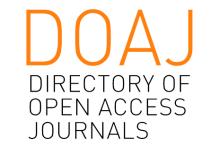Resource information
Infrastructures, through externalities, modify the territorial status quo: by creating advantages and disadvantages, they lead to inequalities and territorial cohesion problems, calling for a setup of territorial equalization mechanisms. In this paper, the estimation of the costs and benefits generated from the building of the new Cispadana regional motorway (Emilia-Romagna Region, Italy) is described. The study focuses on the price variations of the industrial buildings property values in the real estate market after the new motorway will be built, aiming at developing a forecasting method, which could be repeatable and applicable to other kinds of externalities. Thanks to the hedonic pricing method, which is recurring in transport literature, using a multiple linear regression model based on ordinary least squares method (OLS), the contribution of the accessibility on the industrial buildings' pricing has been isolated; it was then possible to forecast the rise in the industrial buildings prices that will be due to the accessibility variation produced by the new infrastructure. The purpose of such a procedure is the setup of equalization mechanisms, which can re-balance the territorial effects though he so-called “land value capture” tools. Thanks to a relatively quick phase of development and implementation, the described application could be used as a tool for the ex-ante evaluation of different infrastructure projects and as an ex-post analysis tool for the monitoring of an existing infrastructure. Finally, thanks to the chance to understand the contribution of each territorial feature to the final price of the good, this application could be very useful in participatory planning processes because it could provide a common knowledge base which could be used to support the public administration’s capability of negotiation with the private partner, both in the participatory planning processes and in the public-private partnership procedures.



